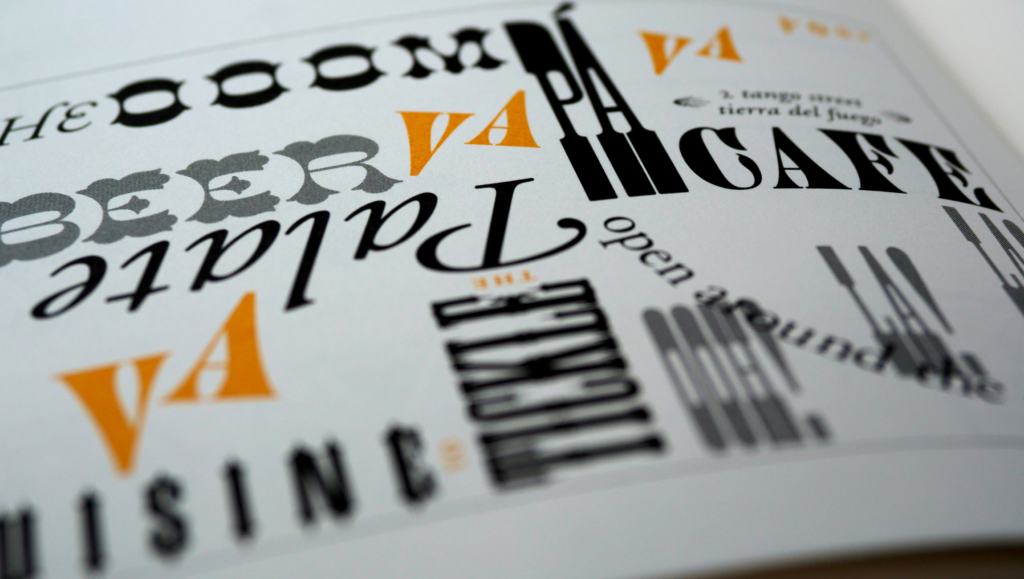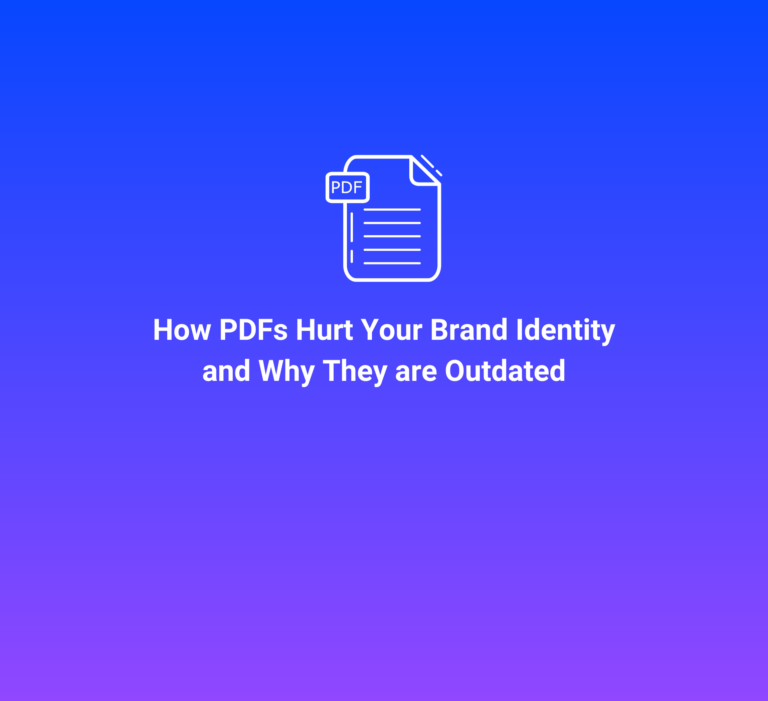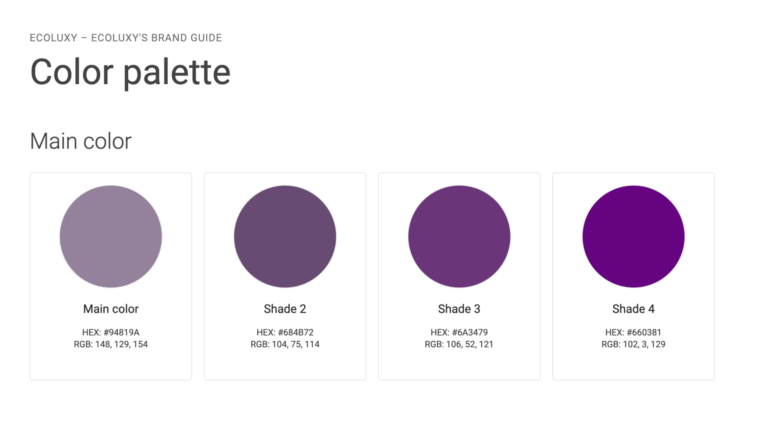How you can set up the Perfect Logo Style Guidelines for your Client Brands
The logo style guide serves as a foundational document for maintaining brand consistency, playing a crucial role in presenting a unified and cohesive brand image across various platforms.
By providing clear guidelines on logo usage, color schemes, typography, and other visual elements, a logo style guide ensures that every representation of the brand aligns with its intended identity. This consistency not only enhances brand recognition but also establishes trust and reliability among audiences.
A well-crafted logo style guide is a key tool for safeguarding a brand’s visual integrity and reinforcing its unique identity in the minds of consumers.
What should your logo style guide look like?

A logo style guide plays a pivotal role in shaping and maintaining a consistent brand identity. Here are key aspects of its role:
- Visual Consistency
- Typography Guidelines
- Logo Variations
- Clear Usage Rules
- Brand Personality and Tone
- Cross-Platform Consistency
- Recognition and Trust
- Guidance for Designers and Teams
- Adaptability and Growth
Visual Consistency:
Defines guidelines for logo usage, ensuring that it appears consistently across various applications, from digital platforms to print materials. Specifies color codes, ensuring that the logo’s colors remain consistent and aligned with the brand’s visual identity.
Typography Guidelines:

Outlines rules for the use of specific fonts or typefaces associated with the brand, maintaining a cohesive look in all brand communications.
Logo Variations:

Provides different versions of the logo, such as color variations, black and white versions, or monochrome options, ensuring flexibility while maintaining the core identity.
Clear Usage Rules:
Offers explicit guidelines on Do’s and Don’ts about how the logo should and should not be used, preventing misuse that could dilute the brand’s image.
Brand Personality and Tone:
Communicates the brand’s personality through visual elements, ensuring that the logo aligns with the overall tone and values of the brand.
Cross-Platform Consistency:

Guides how the logo should be adapted for various mediums, such as social media, websites, merchandise, and more, ensuring a unified presence across different channels.
Recognition and Trust:
Reinforces brand recognition by presenting a uniform visual identity, contributing to building trust and loyalty among customers.
Guidance for Designers and Teams:

Provides a valuable resource for designers, marketing teams, and other stakeholders, helping them create materials that adhere to the brand’s visual standards.
Adaptability and Growth:
Allows for scalability and adaptation as the brand evolves, ensuring that the logo remains relevant and reflective of the brand’s identity over time.
Summary
In summary, a logo style guide serves as a comprehensive reference that not only maintains the visual integrity of a brand but also acts as a guiding document for all stakeholders involved in creating and promoting the brand across diverse platforms and mediums.
How to deliver your guidelines effectively

Cluttering your emails and folders with a multitude of diverse PDF files containing logo guidelines, alongside separate folders for logo files and variations, is a recipe for brand misrepresentation disaster. By consolidating all brand materials in one central location easily accessible to designers, collaborators, and anyone else who may need them, you can ensure that the guide is consistently up-to-date and readily available.
Delivering brand style guidelines digitally to your client increases your overall professionality, and decreases unnecessary administrative work like locating assets and guidelines, which can lead to client brand misrepresentation.
You can start delivering brand guidelines for free by utilizing the Agency Plan, a plan handcrafted for agencies that manage one to multiple brand identities. Read more about how you invoice your client for published brand guidelines here: https://brandguide.io/agency-pricing/






